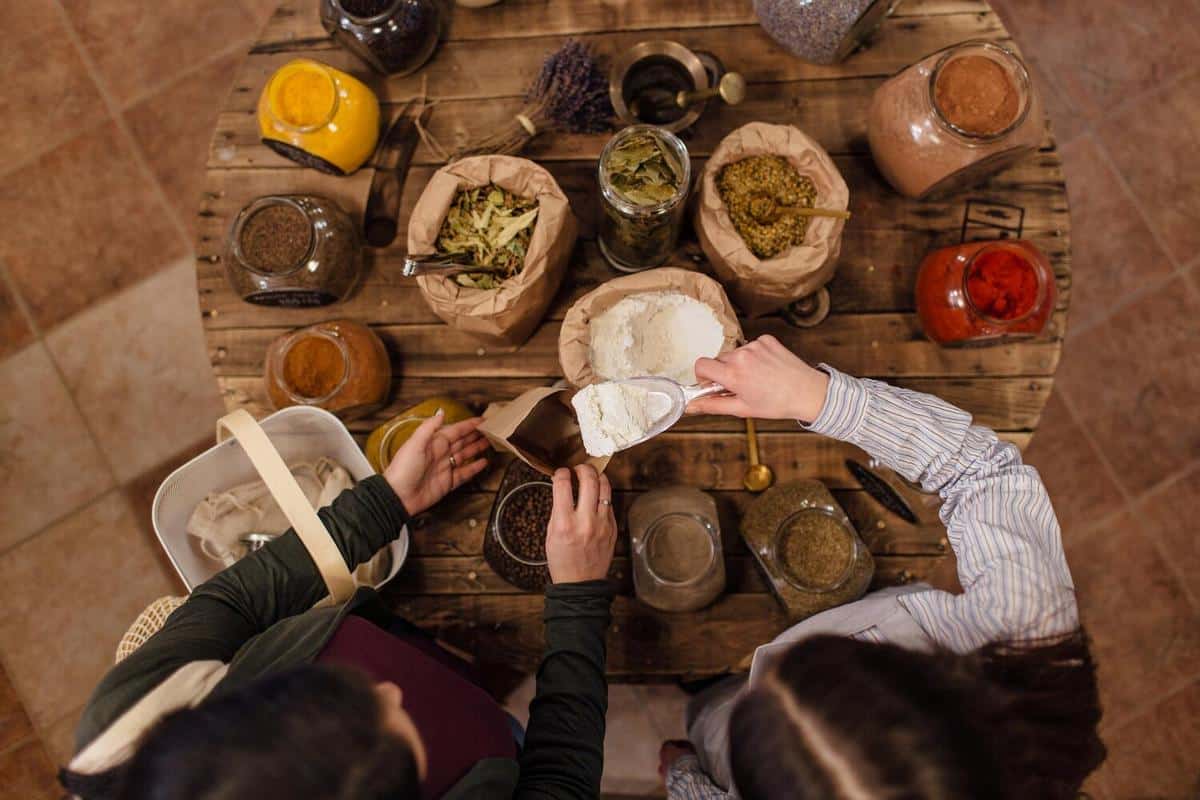
The Rich History and Flavors of Mexican Food
Mexican cuisine is a vibrant tapestry of flavors, colors, and aromas that tells the story of a rich cultural heritage. With influences from ancient civilizations and European settlers, Mexican food is a delightful blend of history and taste.
When exploring the world of global cuisines, Mexican food stands out not just for its flavors but also for its historical significance. According to culinary historian Dr. Rachel Laudan, Mexican cuisine is “one of the most elaborate and ancient culinary traditions in the world.” This complexity is a testament to the country’s diverse cultural influences, from the indigenous Aztec and Mayan civilizations to Spanish colonial settlers.
The Origins of Mexican Cuisine
Mexican food has its roots in the ancient civilizations that thrived in the region. The Aztecs and Mayans were known for their use of corn, beans, and chili peppers. These ingredients remain staples in Mexican cooking today. The arrival of the Spanish in the 16th century introduced new foods like dairy, pork, and wheat, which were integrated into traditional dishes.
Flavors and Ingredients
Mexican cuisine is renowned for its bold flavors and diverse ingredients. Key components include corn, beans, avocados, tomatoes, and a range of chili peppers. Each region in Mexico has its unique take on these ingredients, resulting in a variety of dishes. For example, mole sauce, a rich blend of spices, chocolate, and chilis, is a specialty from the Oaxaca region.
Exploring Regional Dishes
| Region | Signature Dish | Main Ingredients |
|---|---|---|
| Oaxaca | Mole | Chocolate, chili peppers, spices |
| Yucatán | Cochinita Pibil | Pork, achiote, oranges |
| Jalisco | Birria | Goat meat, spices, herbs |
| Puebla | Chiles en Nogada | Chilies, walnuts, pomegranate |
| Veracruz | Huachinango a la Veracruzana | Red snapper, tomatoes, olives |
| Baja California | Fish Tacos | Fish, cabbage, lime |
| Mexico City | Tacos al Pastor | Pork, pineapple, spices |
| Durango | Venado | Deer meat, spices |
Cooking Techniques
Traditional Mexican cooking techniques are as varied as the ingredients themselves. Many dishes are slow-cooked, allowing flavors to develop over time. Grilling, frying, and steaming are also common methods. An interesting technique is the use of a “comal,” a flat griddle used for cooking tortillas and roasting ingredients.
To enhance the flavors of your homemade Mexican dishes, try using fresh, locally sourced ingredients. This brings out the authenticity in your cooking.
Health Benefits
Mexican food is not only flavorful but also offers several health benefits. Many traditional dishes are rich in vitamins and minerals. For example, beans provide protein and fiber, while avocados are a source of healthy fats.
FAQ
What makes Mexican food unique?
Mexican food is unique due to its combination of ancient indigenous ingredients and Spanish influences, resulting in a complex and flavorful cuisine.
Is Mexican food healthy?
Yes, many Mexican dishes are healthy, offering nutrients from fresh vegetables, lean proteins, and healthy fats.
Conclusion
Mexican cuisine is a celebration of culture and flavor, offering a culinary journey through history. Whether you’re enjoying a spicy mole or a fresh fish taco, each dish tells a story of tradition and innovation. For those looking to explore more, consider diving into the regional specialties that showcase Mexico’s diverse culinary landscape.


